DIGITIMES ASIA Research Insights: Humanoid robots are coming, but hardware may decide how fast
Nvidia's framing of the next AI
wave as "physical AI" has fueled investor and industry excitement
around humanoid robots, accelerating development. But according to a DIGITIMES
report, 2025: The first year of humanoid robots — Global market trends and key technologies,
humanoids will represent only 0.2% of the global robotics market in 2025, with
usage largely confined to logistics, warehousing, and manufacturing. Broader
adoption remains a distant prospect.
AI models shorten development time but high costs hinder large-scale
adoption
AI has accelerated humanoid robot
development, but turning virtual prototypes into physical machines remains
challenging. Key hurdles such as bipedal balance and grip calibration remain
costly to solve, with no guarantee of reliable performance.
AI modeling enables developers to
refine designs virtually, cutting trial-and-error costs while improving
perception and decision-making functions. This capability has drawn more
companies into humanoid research and development.
Yet smooth virtual performance
does not ensure success in real-world production or deployment.
The biggest barrier is cost.
Advanced perception requires more chips and sensors, while precise motion
depends on specialized motors and mechanical parts — components that are
expensive and produced in low volumes.
Humanoids currently cost between
US$50,000 and US$400,000 each, compared to less than US$30,000 for industrial
robots of similar size. Without economies of scale, prices remain prohibitive
for service and household markets.




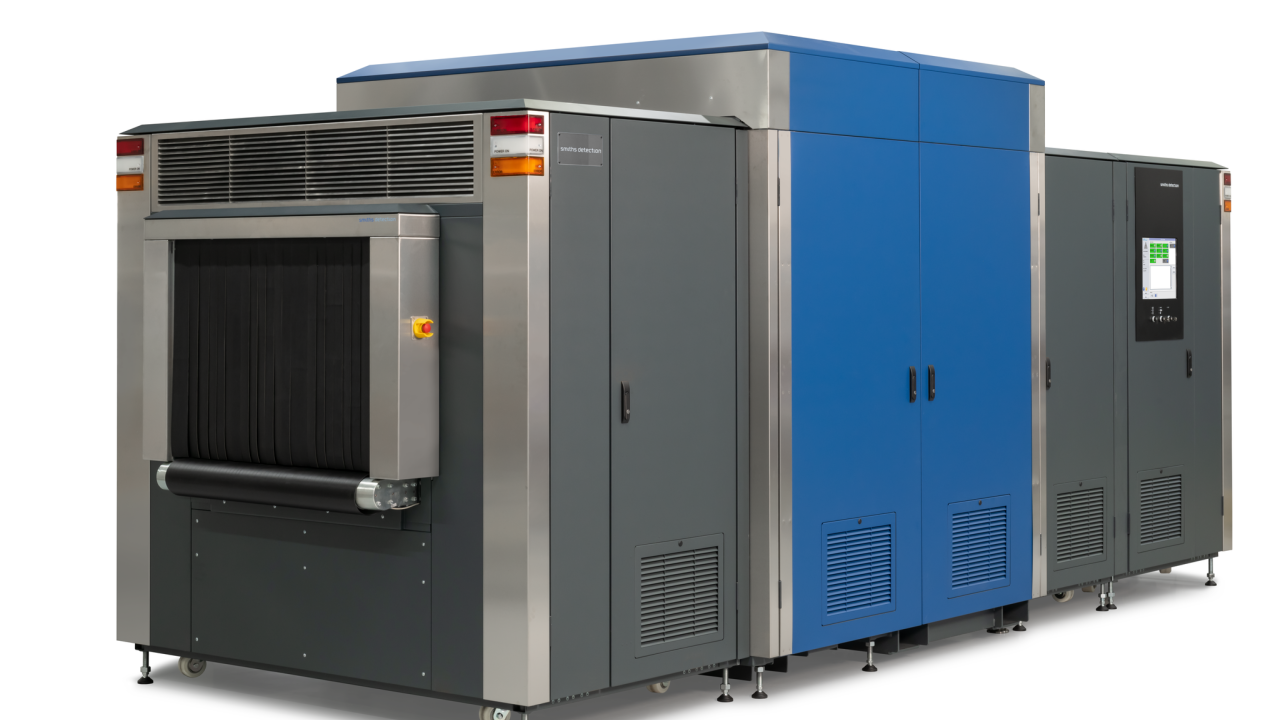





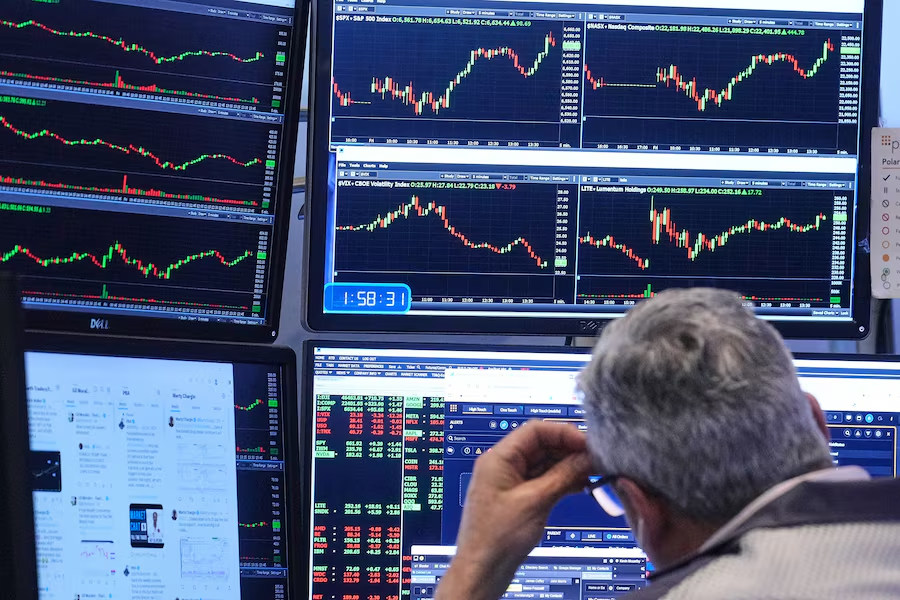

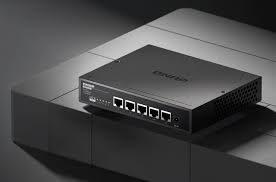
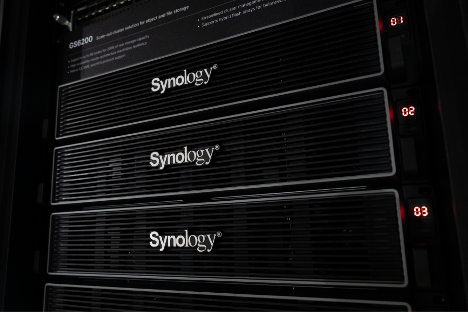
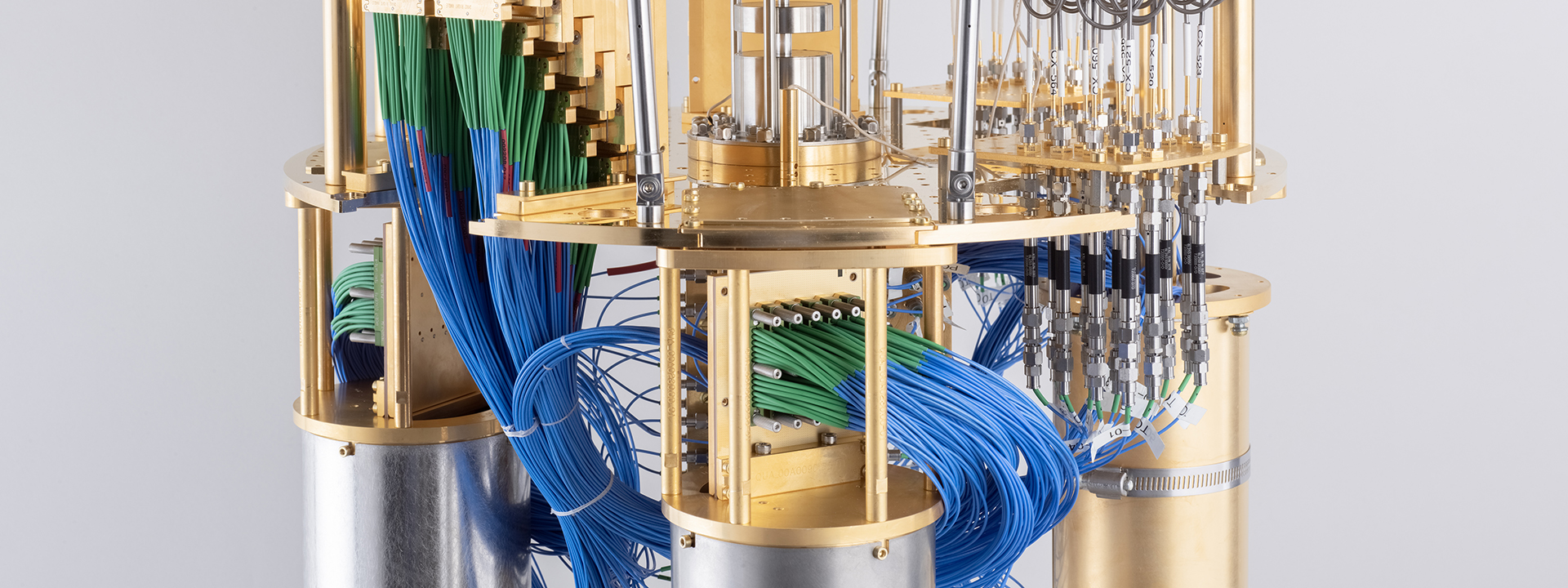














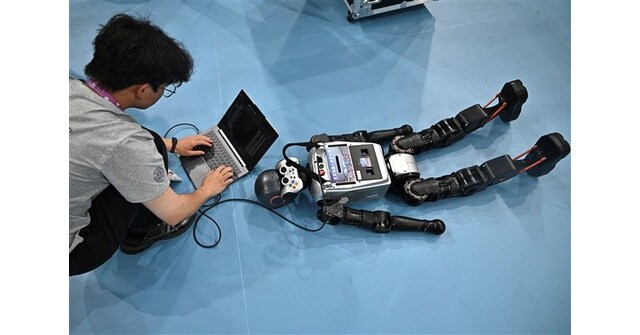
Leave A Comment